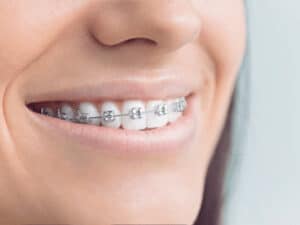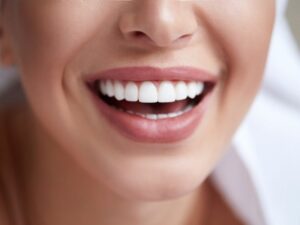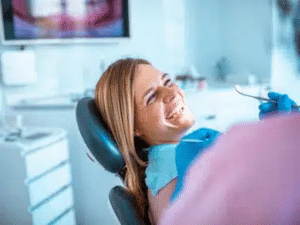
How Metal Braces Feel in the First Few Day
How Metal Braces Feel in the First Few Day Getting braces is an exciting step toward a better smile, but it can also feel strange at first. While you might be thrilled about your new journey, it’s normal to feel a bit nervous about what’s to come. In this blog, Orthodontists Dr. Kevin Theroux, Dr. Brooks Barefoot and





